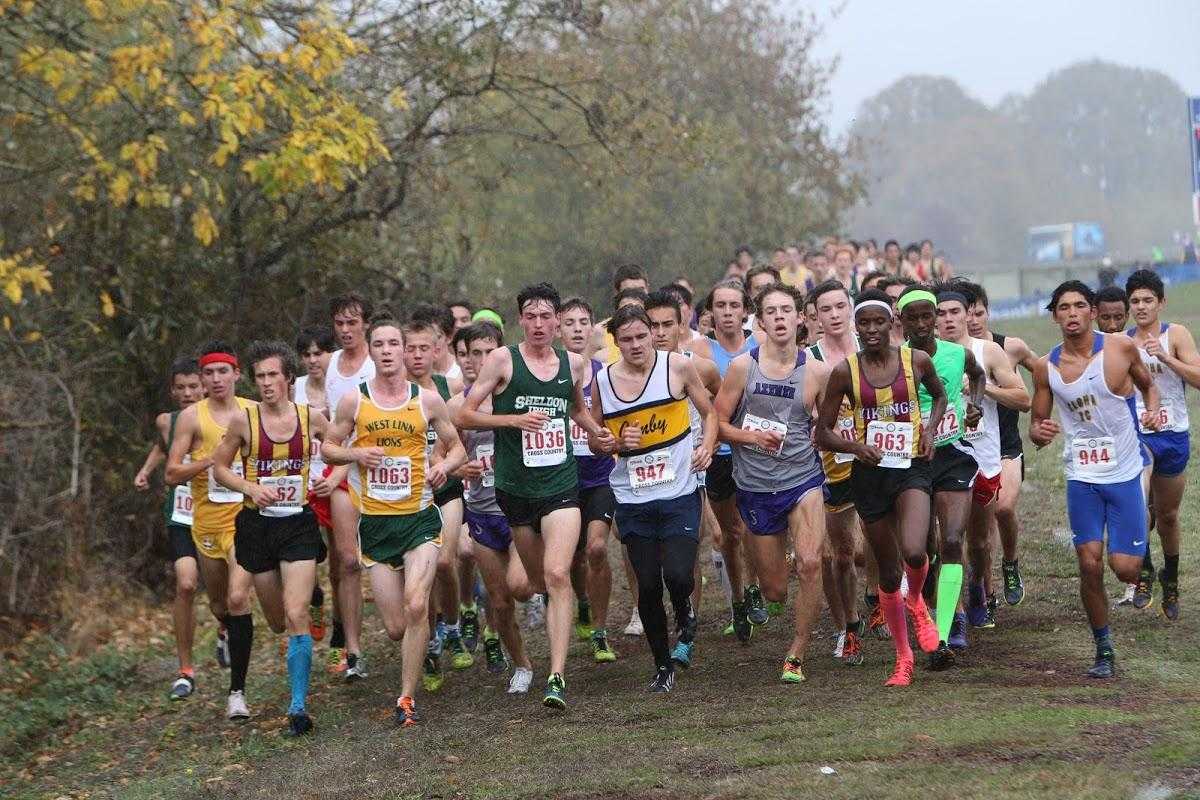
The section of the OSAA state championship cross country course at Lane Community College known as "Poison Oak Alley" is about to be chopped from the historical 5,000-meter layout.
As it turns out, the piece of land at the far east end of the course, across Eldon Schaefer Drive, doesn't belong to the college. That ground is privately owned and it faces an uncertain future. It could be sold or developed.
OSAA assistant executive director Brad Garrett, the state meet director, faced the prospect of year-by-year discussions with the lawyers who manage the trust controlling the property in order to receive permission to use that space.
"We didn't want to flip-flop (our plans) every year based on what lawyers were telling us," Garrett said. "In several conversations with LCC about what does it look like into the future, we decided to eliminate Poison Oak Alley and make modifications that make it similar to the layout used for the Northwest Classic."
The change also means that the OSAA doesn't need to buy a permit to close Eldon Schaefer Drive. The course will now be contained inside the LCC campus and it can easily be modified by looping around additional ponds at the west end of the layout.
Poison Oak Alley is a feature that added some intrigue to the state championship races because it was inaccessible to coaches and spectators. The half-mile section includes a narrow chute through shrubbery that was dubbed with its nickname.
The course, which will remain 5,000 meters, will trade one flat section for another. The overall affect on the runners will be negligible.
"Every coach of I've talked to about it, no one reacts like it's a bombshell," Siuslaw coach Chris Johnson said. "They just say, 'Oh, it's just like the Northwest Classic.' I ran at the state meet three times in high school and I liked that part of it. I liked Poison Oak Alley. But when I talk to athletes on my team they say it's bumpy, uneven, and crowded."
Since LCC no longer controls this piece of property, the running path isn't maintained there.
The OSAA began holding the state cross country meet at Lane in 1975, and it has gone through an evolution -- from too short to too long, with slight modifications and different surfaces. Purists may point to a loss of historical continuity as it relates to course records, but even the slight changes through the years impacted the ability to compare performances across generations.
"A lot of coaches I've heard from like (the change)," Garrett said. "It gives them more opportunity to stay in contact with their athletes. Poison Oak Alley did add that intrigue to it."
Johnson said he'd prefer to watch the whole race play out with a pair of binoculars from the berm.
"For that half a mile (across Eldon Schaefer Drive) there was a little bit of suspense," he said. "Losing that, it's just one of those things. It's not that big a deal."
Doug Binder is the editor of DyeStat.com












